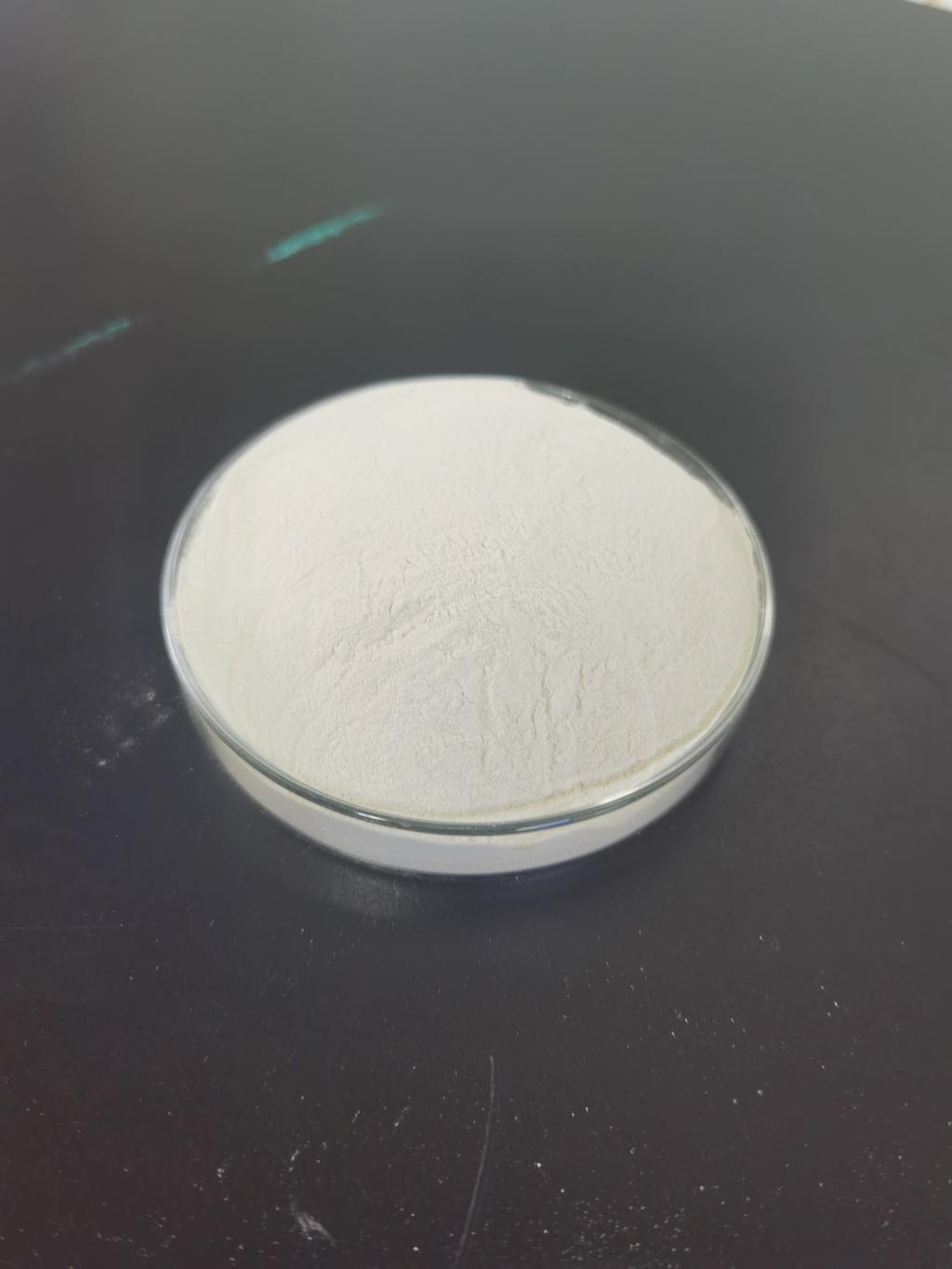Tel:+8618231198596

News
 CONTACT
CONTACT
 CONTACT
CONTACT
- Linkman:Linda Yao
- Tel: +8618231198596
- Email:linda.yao@dcpharma.cn
- Linkman:CHARLES.WANG
- Department:Overseas
- Tel: 0086 0311-85537378 0086 0311-85539701
News
Current Position:
Home >
News
>Can the Nisin be used in the preservation of seafood or meat products?
Can the Nisin be used in the preservation of seafood or meat products?
TIME:2023-07-27
Introduction
Seafood and meat products are valuable sources of protein and essential nutrients for human consumption. However, they are highly perishable due to their high water activity, nutrient-rich composition, and neutral pH, making them susceptible to microbial growth and spoilage. Preserving the freshness and safety of seafood and meat products is vital to meet consumer demands and reduce food waste.
Nisin: A Natural Antimicrobial Peptide
Nisin is a naturally occurring antimicrobial peptide produced by certain strains of Lactococcus lactis during fermentation. It is widely recognized for its potent antimicrobial properties against Gram-positive bacteria, including various foodborne pathogens such as Listeria monocytogenes, Staphylococcus aureus, and Bacillus cereus. Nisin's mode of action involves disrupting the cell membrane of target microorganisms, leading to cell death. Importantly, Nisin has been approved as a safe food preservative by regulatory authorities worldwide.
Nisin Application in Seafood Preservation
Seafood products, including fish, shellfish, and crustaceans, are highly susceptible to spoilage due to their high water content and nutrient availability. Additionally, seafood is prone to contamination by pathogenic bacteria, which can cause foodborne illnesses. Nisin's antimicrobial activity can help extend the shelf life of seafood products, prevent spoilage, and reduce the risk of foodborne pathogens, enhancing product quality and safety.
Nisin Application in Meat Preservation
Fresh and processed meat products are also at risk of microbial contamination, leading to spoilage and safety issues. The incorporation of Nisin in meat products, such as ground meat, sausages, and cured meats, can effectively inhibit the growth of spoilage microorganisms and pathogenic bacteria. This preservation strategy not only extends the product's shelf life but also maintains its nutritional value and sensory attributes.
Combating Foodborne Pathogens
Pathogenic bacteria, such as Listeria monocytogenes and Salmonella, are major concerns in seafood and meat products. Nisin's efficacy against these pathogens is particularly valuable as it provides an additional layer of protection against foodborne illnesses. Its application can complement good manufacturing practices and hygiene standards in ensuring the safety of these perishable products.
Synergistic Effects with Other Preservation Techniques
Nisin can be used in combination with other preservation techniques, such as heat treatment, low-temperature storage, and natural antimicrobials, to achieve synergistic effects. This integrated approach can enhance the overall preservation efficacy and reduce the reliance on synthetic chemical preservatives, aligning with the growing consumer preference for clean label and natural products.
Challenges in Nisin Application
While Nisin offers several benefits in preserving seafood and meat products, certain challenges need to be addressed. For instance, Nisin's effectiveness is limited to Gram-positive bacteria, and it may not be as effective against Gram-negative bacteria commonly found in these products. The stability of Nisin under different processing conditions and its potential interaction with other food components require careful evaluation to optimize its application.
Regulatory Considerations
The use of Nisin as a food preservative is approved by many regulatory authorities. However, each country or region may have specific regulations and permissible usage levels. Manufacturers must ensure compliance with these regulations and provide sufficient evidence of Nisin's safety and efficacy in their seafood and meat products.
Future Perspectives
The utilization of Nisin in seafood and meat preservation shows significant promise in addressing microbial spoilage and food safety concerns. Future research could focus on optimizing Nisin delivery systems, exploring new sources of Nisin production, and investigating its potential synergies with emerging preservation technologies.
Conclusion
Nisin, as a natural antimicrobial peptide, offers a viable solution for enhancing the preservation of seafood and meat products. Its ability to combat spoilage microorganisms and foodborne pathogens presents numerous benefits to the food industry and consumers alike. Although challenges exist, continued research and practical implementation will contribute to fully harnessing the potential of Nisin in preserving these valuable and highly perishable food commodities.
- Tel:+8618231198596
- Whatsapp:18231198596
- Chat With Skype







